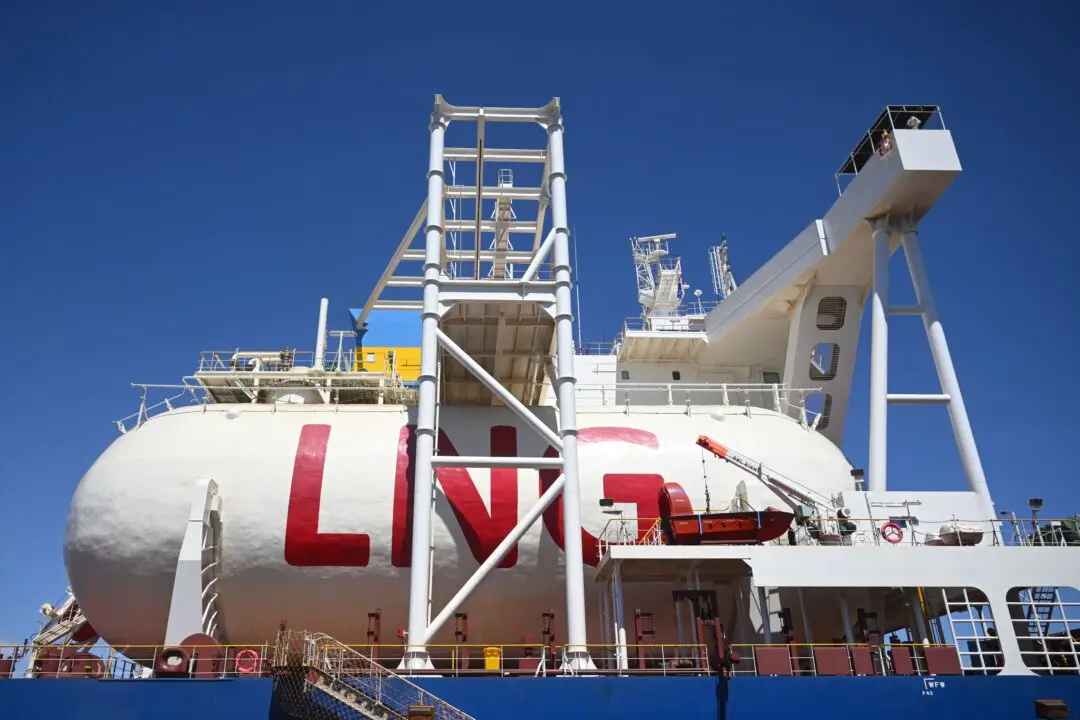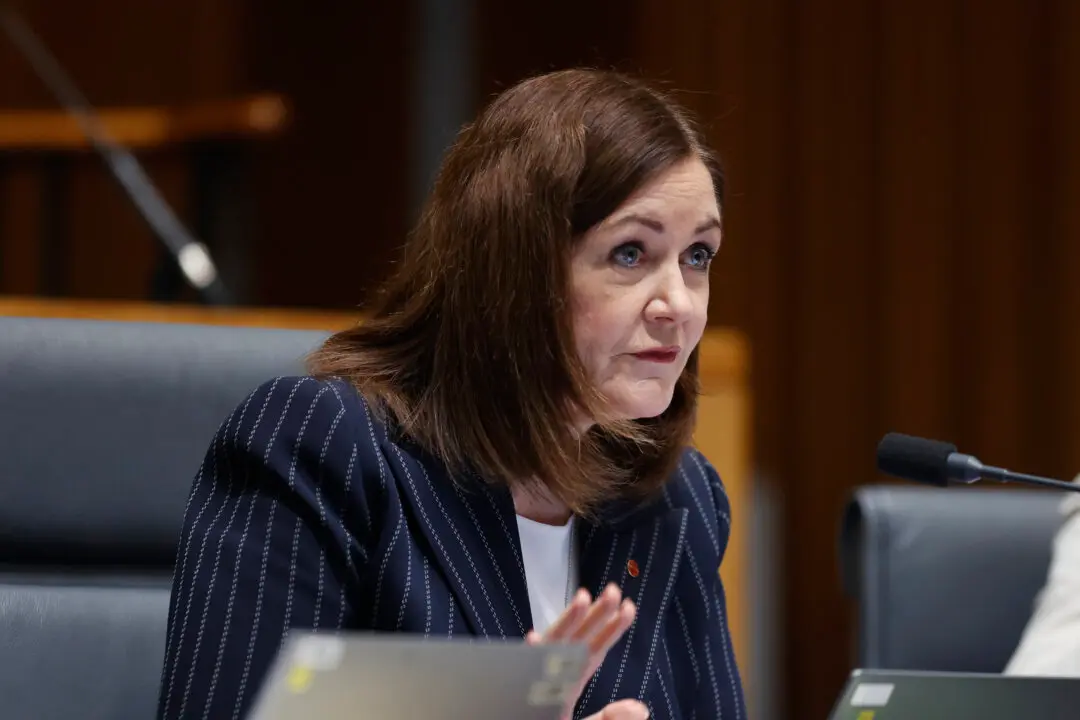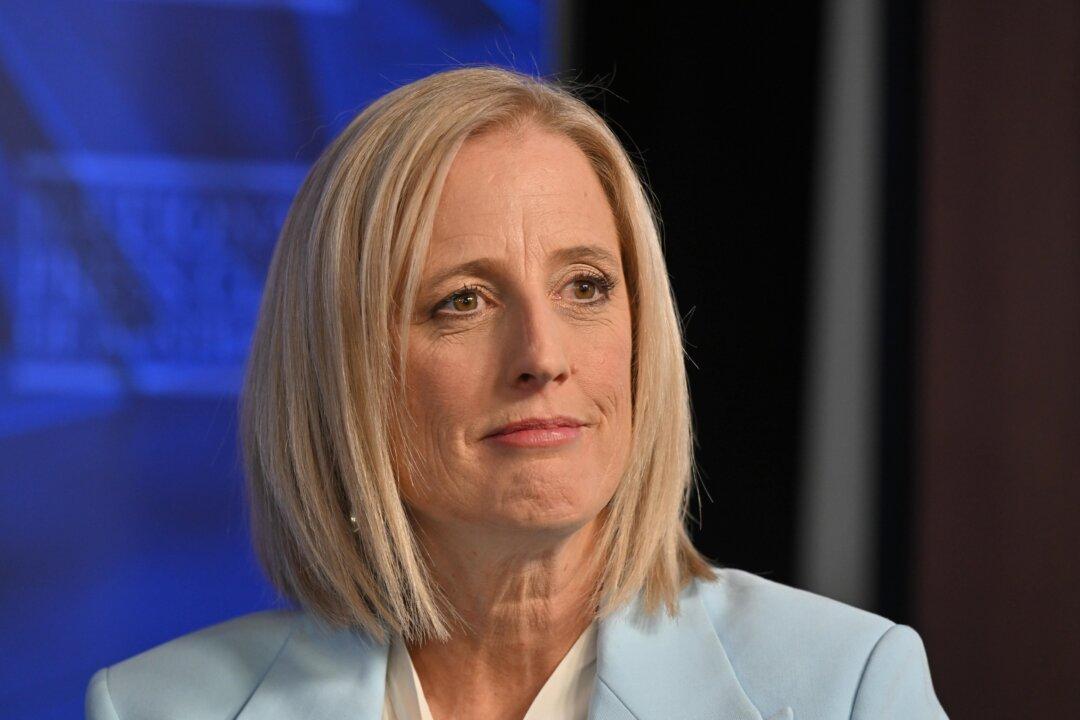A parliamentary committee has rejected a proposal by the Greens party to freeze debts for Australian students, saying it was not an effective way to deal with the cost of living pressures.
In late November 2022, Greens Senator Mehreen Faruqi tabled a bill to the parliament seeking to scrap indexing on Higher Education Loan Program (HELP) debt and raise minimum repayment income thresholds to $62,400 (US$42,000).





